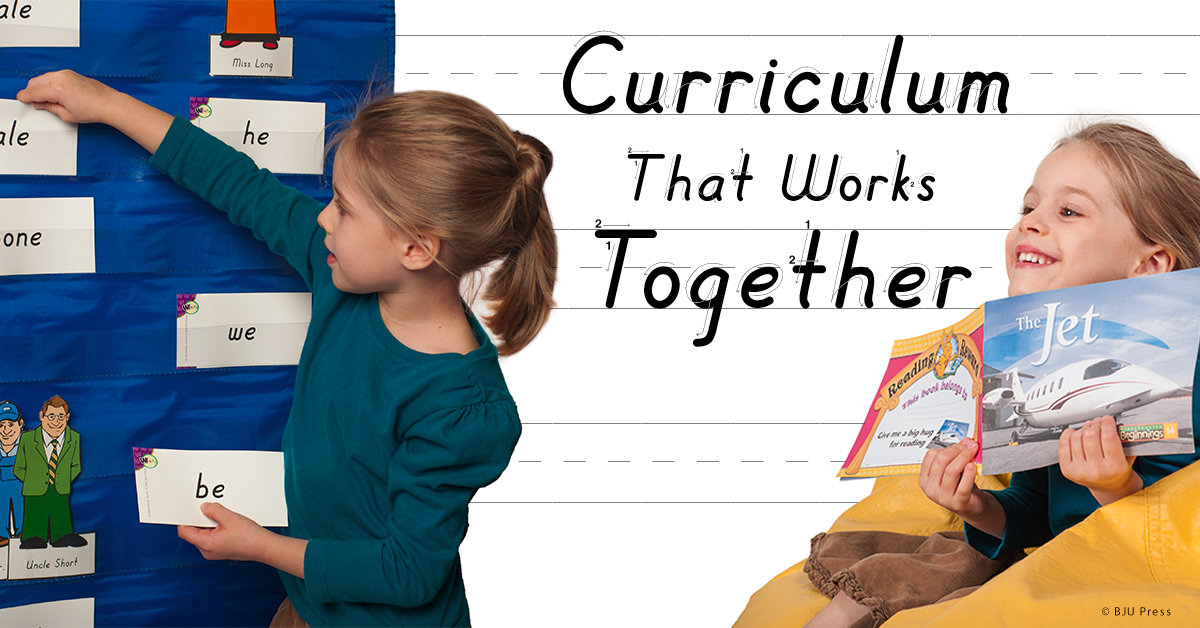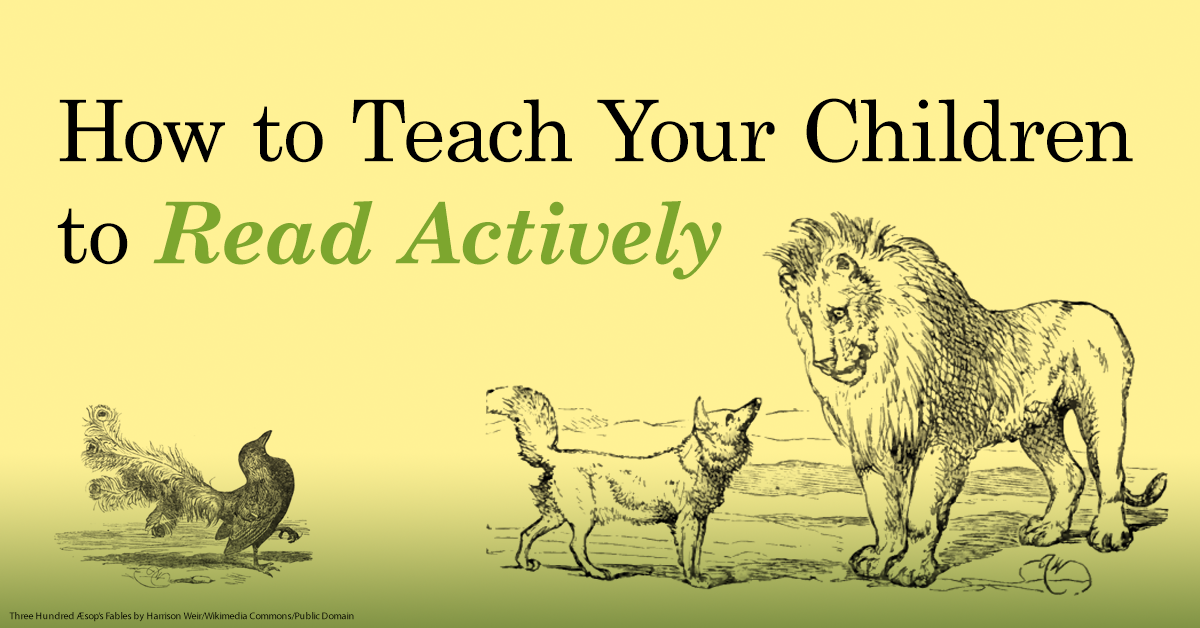
Hi, everyone! I am a single working parent and a homeschool mom. That’s right! I work full-time as a registered nurse in an oncology ICU. I am also a mother to the sweetest 4th grader in the world, and I homeschool him. Last year if someone told me I was going to be a homeschool mom, I would’ve told them they had the wrong person. Well, here we are, 2021, and homeschooling is happening in my home!
During my homeschool research, I didn’t come across any articles or blogs about homeschooling as a single parent. I am sure there are many single parents who are a part of the homeschool community. However, I just didn’t find resources. Now I have been homeschooling for about 7 months, and I have to be honest—it’s going pretty well! Here are some tips that have helped me manage parent-led homeschool along with working and raising a 9-year-old.
[Read more…] about 6 Tips for Homeschool Success as a Single Parent: You Can Do This!



